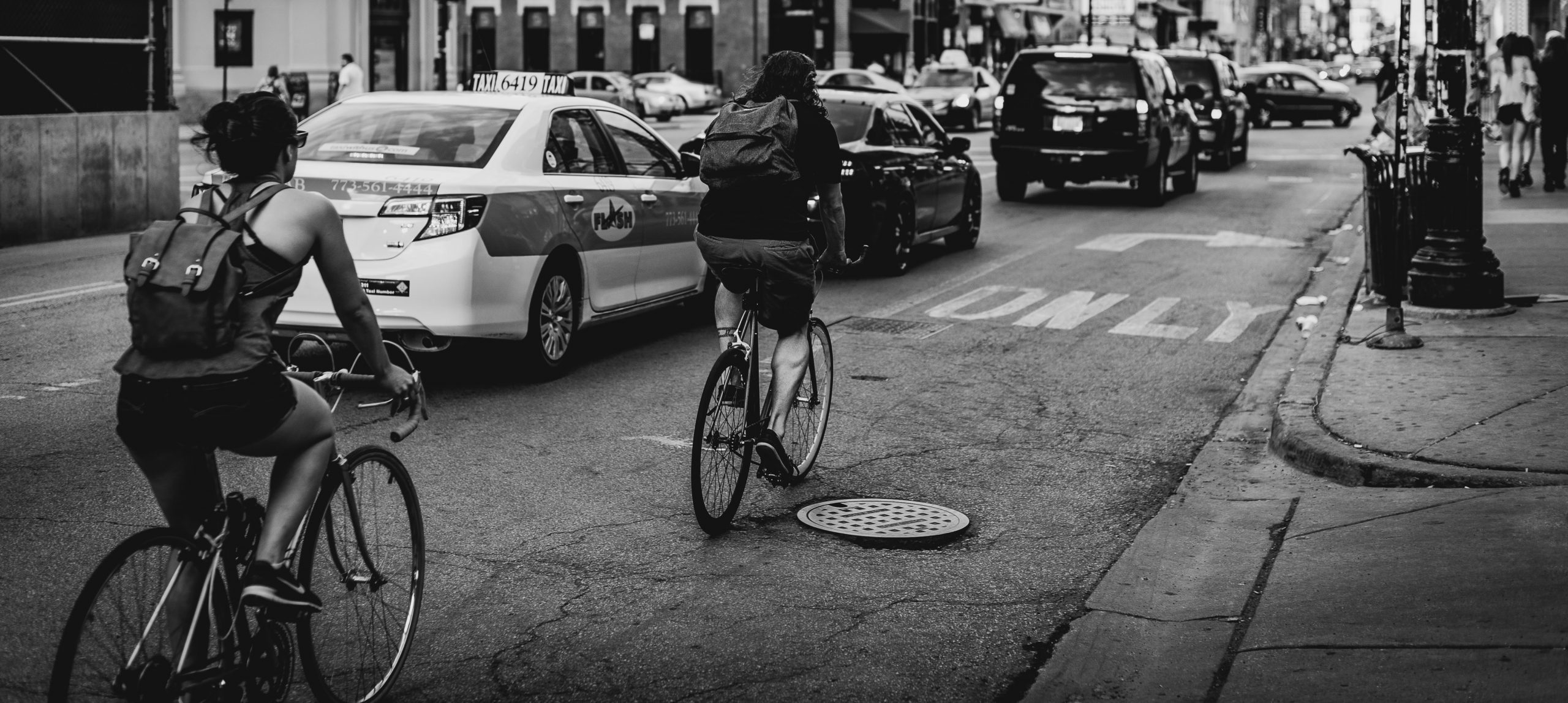Nashua, a bustling city nestled along the picturesque Merrimack River, offers a vibrant lifestyle to its residents and visitors. From scenic trails to lively streets, Nashua is indeed a delightful place to explore. However, for those who prefer to cycle, the city’s inadequately developed cycling infrastructure poses serious dangers. In this article, we shed light on the hazards faced by cyclists in Nashua and advocate for the urgent need to improve cycling infrastructure.
- Limited Bike Lanes and Shared Roads
One of the primary issues plaguing Nashua’s cycling community is the scarcity of designated bike lanes and shared roads. Cyclists often find themselves navigating through crowded traffic on main roads, risking their safety in the process. Without dedicated cycling paths, riders must contend with speeding vehicles, leading to a higher likelihood of accidents and injuries.
- Lack of Connectivity
Another pressing concern is the lack of connectivity in Nashua’s cycling network. While there might be isolated bike lanes in certain parts of the city, they often fail to form a cohesive network that encourages and enables safe cycling. This fragmentation forces cyclists to take detours or mix with traffic on dangerous roads, undermining their confidence in choosing cycling as a mode of transportation.
- Absence of Safe Crossing Points
Navigating busy intersections can be a nightmare for cyclists in Nashua. The absence of safe crossing points, especially at major intersections and highway exits, puts riders in perilous situations. Cyclists are left to fend for themselves amidst impatient drivers, leading to a rise in accidents and injuries.
- Inadequate Signage and Visibility
Poor signage and inadequate visibility are other critical concerns affecting cyclist safety in Nashua. Insufficient signboards directing drivers to share the road with cyclists can lead to misunderstandings and unsafe encounters. Additionally, faded road markings and lack of reflectors diminish the visibility of cyclists, making them more susceptible to accidents, especially during low-light conditions.
- Encroachment on Bike Lanes
Even the existing bike lanes in Nashua are not immune to issues. Often, parked cars, delivery trucks, and debris encroach upon bike lanes, leaving cyclists with little space to maneuver. This forces cyclists to merge with motorized traffic, increasing the likelihood of collisions and injuries.
- Limited Awareness and Education
Promoting cycling safety through awareness campaigns and education is crucial for fostering a bike-friendly environment. Nashua currently lacks comprehensive initiatives to educate both cyclists and motorists on road sharing etiquette, further exacerbating the dangers faced by cyclists on the city’s streets.
The Call for Improved Cycling Infrastructure
It is evident that Nashua’s cycling infrastructure falls far short of what is necessary to ensure the safety of its cyclists. To address these pressing issues, the city must take proactive measures to improve cycling infrastructure:
- Expanded Bike Lane Network: Nashua should invest in an expanded network of protected bike lanes, physically separated from vehicular traffic, to provide cyclists with safer routes across the city.
- Enhanced Intersection Safety: Implementing cyclist-friendly intersections with clear markings, dedicated signal phases, and safe crossing points will significantly reduce accidents at these critical junctures.
- Awareness and Education: Launching targeted awareness campaigns for both cyclists and motorists will foster mutual respect on the roads and ensure safer interactions between the two groups.
- Regular Maintenance: Regularly maintaining bike lanes and ensuring they remain free from obstructions will safeguard cyclists and encourage more people to choose cycling as a viable mode of transportation.
- Community Involvement: Engaging with the cycling community to understand their needs and concerns will enable the city to make more informed decisions when planning and improving cycling infrastructure.
Conclusion
As the demand for cycling as a sustainable and healthy mode of transportation continues to grow, Nashua must prioritize the safety and convenience of its cycling community. By addressing the dangers posed by the inadequate cycling infrastructure, the city can encourage more residents and visitors to embrace cycling while ensuring their safety on the roads. With the implementation of comprehensive improvements and an unwavering commitment to cycling safety, Nashua can undoubtedly evolve into a cycling haven, fostering a healthier and more sustainable future for all.
